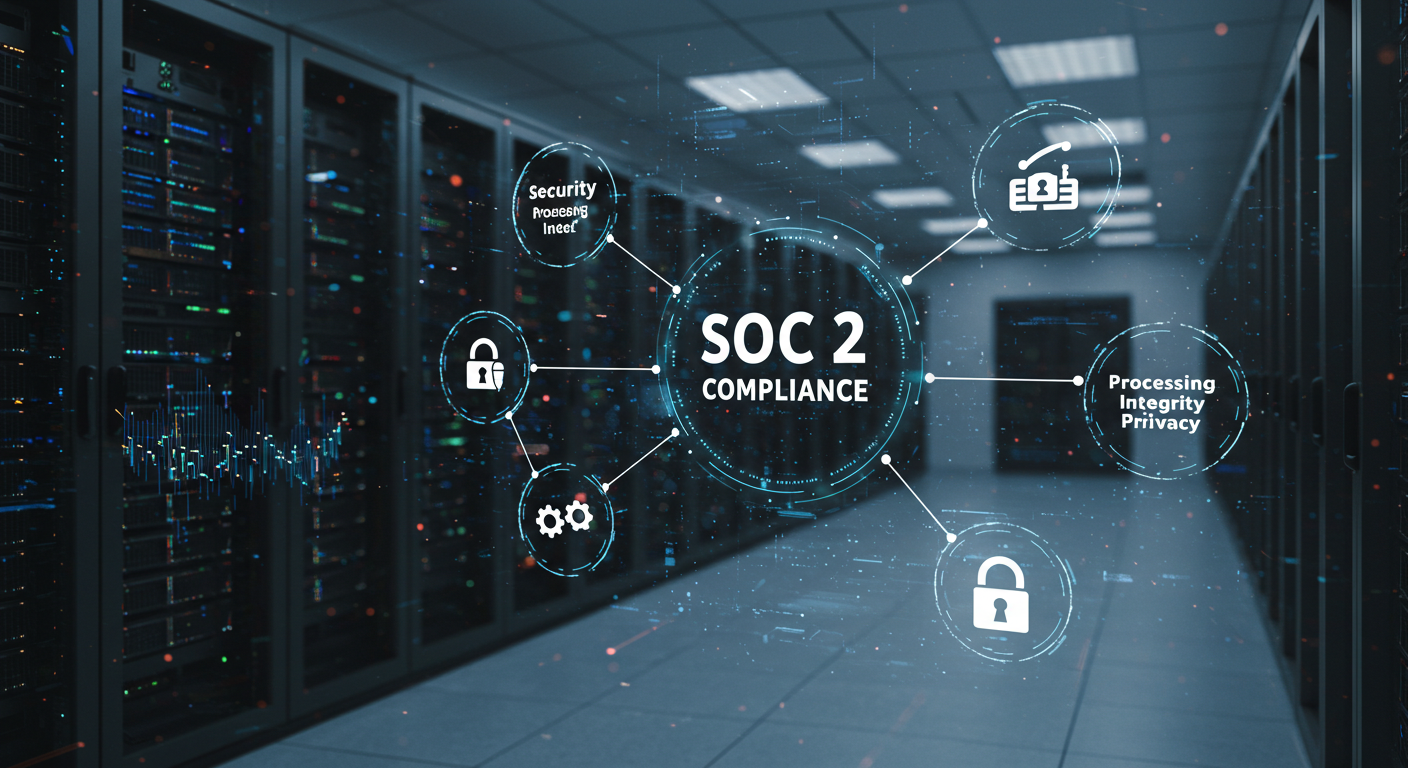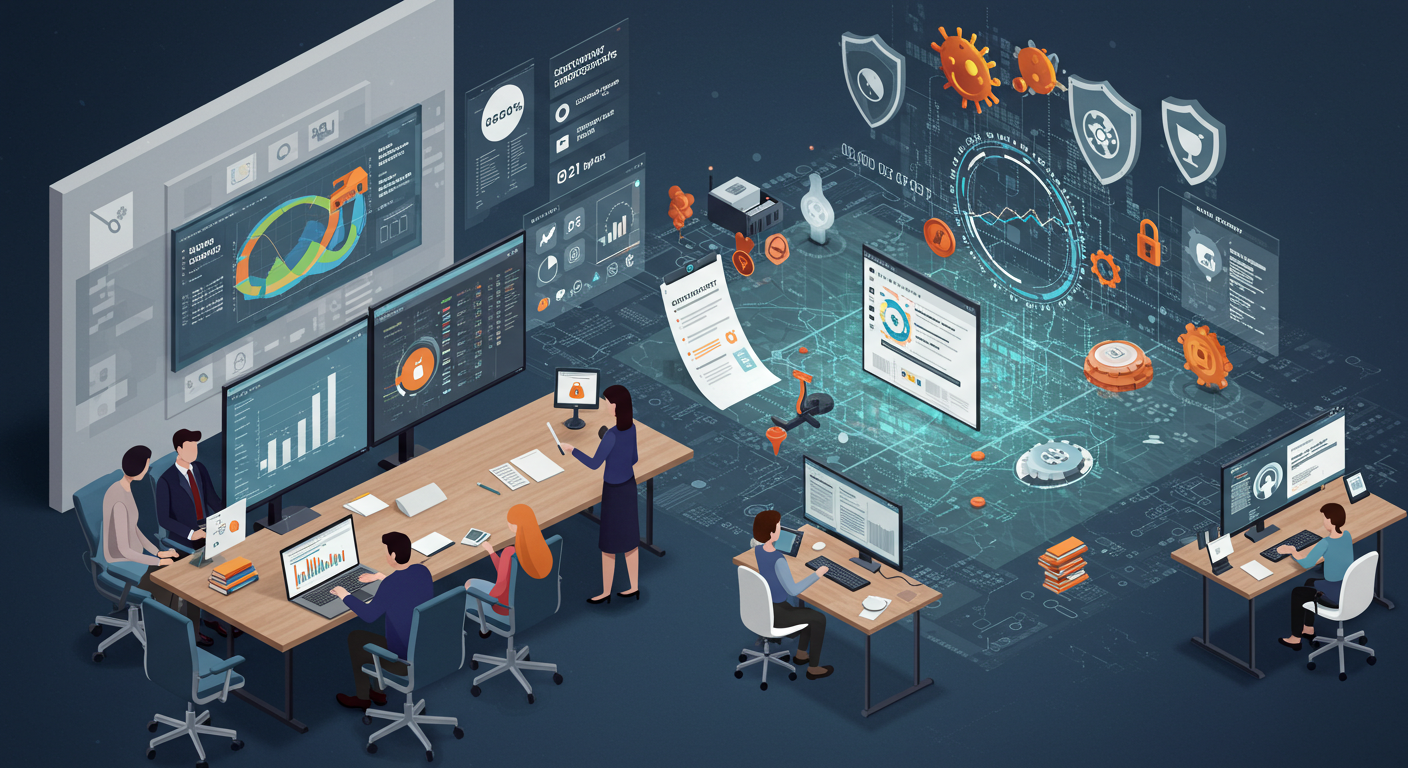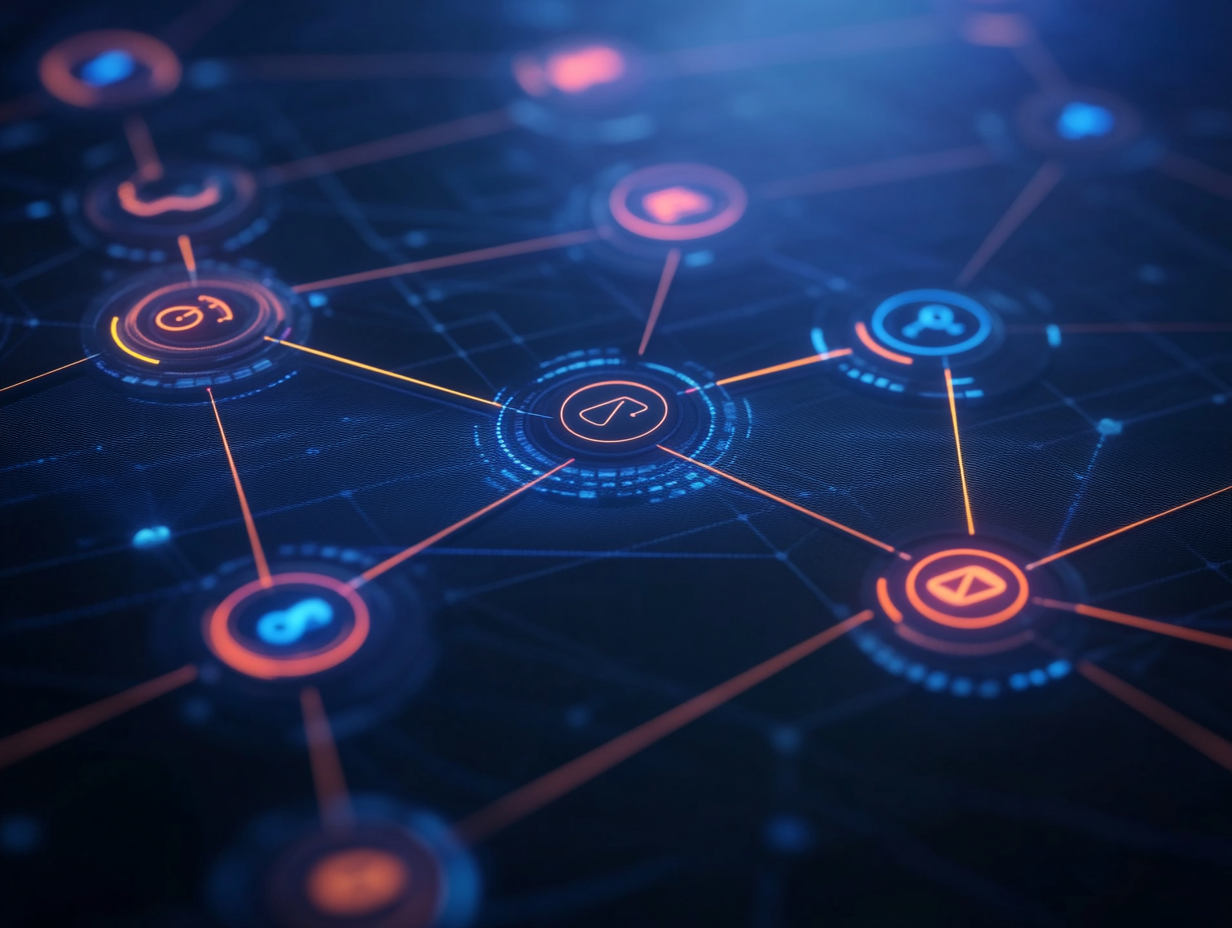The evolution of technology has transformed classrooms worldwide, replacing traditional tools with dynamic resources like smart boards, digital syllabi, and online assignments. Yet, with the rise of these technological wonders in both K-12 and post-secondary education, institutions face a formidable adversary: cyber threats. Schools have become attractive targets, with cyber attacks on schools making headlines more frequently than ever before.
However, it’s not just about defending from distant hackers; it’s about building a culture of cybersecurity awareness. Students, educators, and parents must be savvy about potential risks, from phishing attempts to malware infections, emphasizing the critical importance of cybersecurity in education.
This article delves deep into the modern-day challenges, solutions, and imperatives of cybersecurity in education. Whether you’re an educator, a tech professional, or a concerned parent, you’ll uncover insights and strategies to fortify the future of educational institutions.
What is Cybersecurity?
Cybersecurity is the armor of the digital realm, safeguarding systems, networks, and data from theft or unauthorized access. It merges a suite of technologies, practices, and strategies to shield computers, networks, and software from cyber threats. In an era where our personal, professional, and societal activities are deeply intertwined with the digital world, ensuring the sanctity of our virtual spaces is paramount.
However, this isn’t just about erecting digital walls. It’s a continuous dance of defense against evolving threats. As cyber criminals innovate, so too do cybersecurity specialists, employing tools like firewalls, encryption, and even ethical hacking to anticipate and neutralize potential threats.
Why is Cybersecurity Especially Important in Education?
Educational institutions are goldmines of information. Housing everything from personal records and academic data to invaluable research, they present a lucrative target for cybercriminals. The education sector, however, has often been slower to adapt to cybersecurity best practices, creating vulnerabilities that savvy attackers are quick to exploit.
The implications of a breach are profound, because beyond the immediate risk of data theft or financial extortion, there’s the ripple effect: disrupted learning, diminished trust, and reputational damage. Moreover, as digital natives, today’s students must also learn to be vigilant digital citizens, making cybersecurity education an essential facet of modern learning.
Types of Security Solutions for Educational Centers
Educational institutions, given their unique structures and diverse user groups, require specific security solutions. These solutions range from those tailored for the classroom setting to large-scale, enterprise-level protections that cover entire school districts or university systems.
Education-Level Specific Solutions
For individual classrooms, schools, or smaller institutions, the focus is on safeguarding the immediate digital environment. Solutions might include:
- Network Security: Ensuring the school’s Wi-Fi and internet connections are secure from external threats.
- Endpoint Security: Protecting individual devices such as computers, tablets, and smartboards from malware and breaches.
- Data Encryption: Making sure that sensitive data, such as student records and examination materials, are encrypted and accessible only to authorized personnel.
- Multi-Factor Authentication (MFA): Requiring multiple forms of verification before granting access, ensuring that only authorized individuals can access critical systems.
Enterprise-Level Solutions
Larger educational entities, like university networks or school districts, necessitate a more comprehensive security approach. Key enterprise-level solutions include:
- Security Information and Event Management (SIEM): These systems provide real-time analysis of security alerts generated by hardware and software.
- Intrusion Detection Systems (IDS): Monitoring networks for malicious activities and potential breaches.
- Cloud Security: As many institutions use cloud storage and applications, ensuring these platforms are secure is paramount.
- Access Control: Setting up rigid parameters around who can access what information, especially vital in large settings with multiple users.
The Need for Cybersecurity Expertise in Educational Institute
As educational centers become increasingly digitized, the importance of cybersecurity expertise within these environments grows exponentially. It’s not just about having the right tools; it’s about having the right people who understand the nuances of both education and cybersecurity.
Education Requirements for Cybersecurity Professionals
Given the specialized challenges of securing educational environments, cybersecurity professionals catering to this sector often need tailored training. Many positions require at least a degree in cyber security or a related field.
Additional certifications, like Certified Information Systems Security Professional (CISSP) or Certified Information Security Manager (CISM), might also be sought after. Continual education is crucial due to the evolving nature of cyber threats.
What is K12 Cybersecurity Training?
K12 cybersecurity training is designed for the unique environment of primary and secondary schools. It focuses not only on protecting digital infrastructures but also on educating teachers, students, and administrative staff on best practices.
Topics may include the basics of internet safety, recognizing phishing attempts, proper management of passwords, and the importance of regular software updates. The aim is to cultivate a culture of cybersecurity awareness from the earliest stages of formal education.
Review of Recent Cyberattacks on Schools
The modern era, fueled by technological advancement, has seen cyber-attacks escalate in frequency and severity. Education institutions, often housing vast amounts of sensitive data, have not been spared from this onslaught. In this section, we explore recent cyber-attacks on school systems, spotlighting the magnitude of the challenges faced by educational centers and the resilience they exhibit in the face of adversity.
Florida School System Attack
In a concerning episode of cyber warfare, South Florida’s Broward County Public Schools fell victim to a major ransomware attack initiated by the Conti ransomware gang. This incident forced the school district to face an astronomical ransom demand of $40 million. Although classes remained undisturbed, the district’s refusal to comply with this hefty demand resulted in the leak of thousands of files online.
These files, ranging from 2012 to March 2021, were largely financial records but also included employee phone lists and select personal details of students. Interestingly, most of the published data, such as payments to local police departments and various invoices, was already in the public domain. The incident has since prompted the school district’s chief information officer to request $20 million for bolstering cybersecurity, highlighting the gravity of the situation.
Pittsburgh Attack
The Pittsburgh Unified School District faced its own set of challenges when it was hit by a ransomware attack, orchestrated by the malicious entity, LockBit. This attack compromised the district’s network systems, causing a significant disruption in communication channels, such as email and internet access.
The district’s swift response entailed reverting to “offline” teaching methods and taking compromised servers offline. Investigations are still underway, but initial reports, courtesy of Superintendent Janet Schulze, provide some relief with indications that student personal data remains uncompromised. This incident, however, serves as a grim reminder, especially considering the subsequent ransomware attack on the Contra Costa County system shortly after.
Chicago School System Attack
Chicago Public Schools (CPS) recently experienced a massive data breach, jeopardizing data belonging to 495,448 students and 56,138 employees. This breach stemmed from an attack on a vendor associated with CPS, which took several months to be disclosed to the school district.
Compromised data included students’ basic details, birth dates, and certain employee data, excluding sensitive information like financial records, health data, or Social Security numbers. While there’s no evidence that this data has been misused or distributed, the lapse in security protocols, especially in terms of data encryption and purging old records, has been a focal point of concern.
Benefits of Cybersecurity in Education
As we stride further into the digital age, the imperative for robust cybersecurity in education becomes even more evident. Not only does it offer immediate protective advantages, but it also sets the stage for a more technologically advanced future.
Safeguard Sensitive Data
One of the prime advantages of having a strong cybersecurity framework in educational institutions is the protection of sensitive information. Schools, colleges, and universities maintain a vast database of personal and academic data belonging to teachers and students alike. This includes information such as passwords, contact details, and academic records.
By implementing the right cyber security measures, institutions can thwart data breaches and protect themselves against cyberattacks by hackers and cybercriminals. This not only preserves the trust of parents and students but also maintains the integrity of the education sector.
Prepare Students for the Future
Beyond the immediate protective measures, cybersecurity education is instrumental in preparing students for future careers in the field. Given the rising cyber security talent shortage, there’s a growing need for professionals equipped with the right cyber security skills.
By incorporating courses that cover network security, ethical hacking, ransomware, and phishing, among others, educational institutions offer students the opportunity to pursue various cybersecurity career paths. Whether they aim to be a security analyst, security engineer, or delve into higher level cybersecurity jobs, having foundational knowledge will give them a head start in their cybersecurity career.
Challenges of Cyber Security in Education
While the importance of cybersecurity in education is clear, it’s also crucial to acknowledge the hurdles faced by the sector. From technological advancements to budget constraints, the challenges are multifaceted.
Resource Limitations
Despite the evident importance of cybersecurity, many educational institutions often grapple with budgetary constraints. Investing in advanced cyber security measures or hiring a full-time security specialist or information systems security team may not always be feasible.
This makes schools more vulnerable to cyber attacks, especially when they cannot afford the latest protective software or hire a specialist. Moreover, given the high demand and lucrative salaries in the corporate sector, attracting cyber security talent to the educational field can be a challenge.
Keeping Up with Technology
Cyber threats are ever-evolving and what might be a state-of-the-art protective measure today could be rendered obsolete tomorrow. For many schools, especially those not equipped with a dedicated IT or cybersecurity team, keeping up with the latest malware, ransomware, and cyberattack strategies is daunting.
The integration of various tech tools and school devices into the learning process also adds a layer of complexity. Ensuring that each device, computer, and software is consistently updated and shielded from potential threats becomes a significant undertaking.
Adoption of Security Guidelines
Incorporating cybersecurity measures isn’t just about having the latest software or hiring a top-notch security specialist. The real challenge often lies in the creation and adoption of comprehensive security guidelines that are tailored to the institution’s needs. Many educational institutions often lag in this regard, relying on outdated protocols or generic templates that don’t adequately address specific threats they might face.
Establishing clear, actionable, and up-to-date guidelines ensures that when a potential cyber threat arises, the response is swift, coordinated, and effective. Furthermore, these guidelines should be easily accessible and comprehensible for all members of the institution, from top administrators to temporary staff, ensuring a holistic security approach.
Regular Security Training
It’s one thing to have stringent cyber security measures in place, but ensuring that every individual in the education sector understands and follows them is an entirely different challenge. Teachers, students, and administrative staff must be regularly trained to recognize and respond to threats like phishing, malware, and data theft.
The challenge here is twofold: ensuring that these training sessions are engaging and comprehensive, and secondly, scheduling them regularly enough to keep everyone updated without disrupting academic schedules. With cybercriminals constantly evolving their tactics, a once-a-year training seminar is insufficient. Regular refresher courses and updates on new potential threats are essential to maintain a robust defense.
Use of Automation & AI
With the rapid advancements in technology, automation & AI have become invaluable tools in the realm of cybersecurity. However, their integration into the education sector’s cybersecurity framework presents challenges.
First, there’s the technical aspect: ensuring that AI tools are correctly implemented and that automated systems don’t inadvertently block essential educational resources. Then there’s the matter of trust. Many are wary of relying too heavily on automated systems, fearing they might miss nuances a human could catch or that they might be vulnerable to sophisticated cyberattacks.
Furthermore, while AI can significantly enhance cybersecurity efforts, it also requires regular updates and tuning, ensuring it remains effective against new threats.
The Need for Dedicated Cybersecurity Budgets in Education
The ever-evolving nature of cyber threats underscores the urgent requirement for educational institutions to prioritize cybersecurity in their financial plans. While schools and universities might historically have placed infrastructure or academic resources at the top of their budgetary concerns, the digital age demands a paradigm shift.
Benefits of Investing in Cyber Security
Investing in cybersecurity offers a slew of tangible and intangible advantages to educational institutions. Most importantly, it protects critical data related to students, educators, and administrative operations, ensuring smooth academic processes. A robust cybersecurity strategy also acts as a deterrent against potential cybercriminals, minimizing risks associated with data breaches and system shutdowns.
By ensuring the safety of online academic platforms, it also promotes trust among students, parents, and educators, facilitating a more seamless transition to digital learning. Moreover, having advanced cybersecurity measures can also lead to financial savings in the long run, preventing costly breaches and the associated PR crises.
Impact of Lack of Funds
Without dedicated funds for cybersecurity, educational institutions become vulnerable to cyber attacks. The consequences extend beyond just immediate data loss. A single breach can tarnish the reputation of an institution, causing a decline in enrollment and trust among stakeholders. Furthermore, the absence of adequate funds often means relying on outdated systems, which are easier targets for hackers.
When an institution lacks the resources to address these issues proactively, they can find themselves in reactive modes, which are often more costly and less effective. This cycle, in turn, detracts from funds that could be used for academic enhancement, creating a vicious cycle of underfunded security and compromised academic quality.
Conclusion
The integration of technology in the education sector has revolutionized how knowledge is imparted and accessed. That said, despite the numerous benefits there are also some significant vulnerabilities. Cyber-attacks on schools and other educational institutions highlight an urgent need for heightened cybersecurity in education. As schools adapt to a more digital landscape, they become hotspots for malicious actors aiming to exploit lapses in security protocols.
A holistic approach to cybersecurity goes beyond merely installing the latest software or hardware defenses, but rather encompasses regular training for teachers and students, strategic investment in state-of-the-art technologies like Automation & AI, and ensuring that there’s a dedicated budget to address the evolving landscape of threats. Educators, administrative staff, and students must be armed with both the knowledge and tools to safeguard sensitive information and ensure the integrity of the learning process.
In the end, the goal is clear: to foster an educational environment that seamlessly integrates technology without compromising security. Only with this harmonious blend can we ensure that the education sector continues to thrive and evolve without becoming a breeding ground for cyber threats.
Summary of Key Points
- Cybersecurity in Education: The increasing integration of technology in education brings both opportunities and vulnerabilities. Schools are now prime targets for cyber attacks.
- Recent Attacks: From the Florida School System to Pittsburgh and Chicago, recent breaches have underlined the critical need for robust security measures.
- Benefits of Cybersecurity: Implementing robust cybersecurity safeguards sensitive data, and prepares students for a digital future.
- Challenges: The education sector faces several challenges, from resource limitations and technological advancements to the adoption of security guidelines and the need for regular training.
- Automation & AI: These technologies can be a double-edged sword—offering advanced protection but also requiring understanding and control to avoid new vulnerabilities.
- Cybersecurity Budgets: Financial investment in cybersecurity is not just a cost—it’s a crucial element to ensuring the safety of students, staff, and the institution’s reputation.
Impact of Lack of Funds: Without proper financial support, schools can become even more vulnerable, leading to potential data breaches, loss of trust, and significant financial ramifications.







